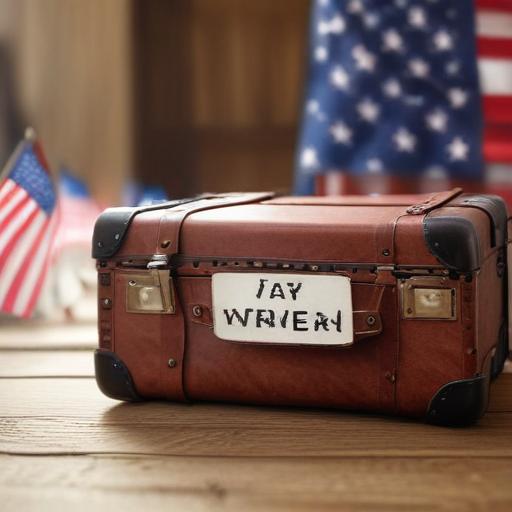Labor Day, a federal holiday honoring the American worker, is being observed this weekend with a mix of travel, family gatherings, and a nod to the evolving labor movement. The long weekend, falling on the first Monday of September, is also widely treated as the unofficial end of summer, as travelers and shoppers make the most of the extended break.
Travel plans are robust, with the Transportation Security Administration predicting more than 17 million air travelers from Thursday through the following Wednesday, and Friday expected to be the busiest day at airports. Consumer data show weekend getaways to popular destinations, including Seattle, New York, and Orlando, Florida, as families and friends chase last-minute escapes before routines resume in the fall.
Labor Day’s roots lie in the late 19th century, during the Gilded Age, when workers and activists pressed for recognition of the laborer’s contributions and needs. The first big celebration took place in New York City on September 5, 1882, with a march organized by the Central Labor Union and the Knights of Labor. As working conditions deteriorated for those moving from artisanal crafts to factory production while factory owners’ profits surged, the push for a formal holiday gained steam. In 1894, President Grover Cleveland signed legislation making Labor Day a federal holiday, a move some historians view as an effort to ease tensions after a costly and violent strike by workers at the Pullman Palace Car Company.
Today, Labor Day is tied not just to work, but to gathering and leisure. Barbecues have long been part of the celebration, providing a way for communities and families to come together. A food historian notes that barbecues were already woven into Labor Day traditions by the time unions gained broader rights in the 20th century, and the site of such gatherings has shifted from public parades to backyard cookouts that emphasize shared meals and companionship.
The holiday has also tracked the evolution of organized labor. When Labor Day became a federal holiday in 1894, unions faced legal and political obstacles, and many strikes were met with resistance. The National Labor Relations Act of 1935 ultimately guaranteed private-sector workers the right to join unions. Since then, public-sector unionization spread state by state, even as the extent of collective bargaining rights varies by jurisdiction. In recent years, labor organizers have seen a resurgence of interest and activity, reflecting a renewed engagement with workers’ rights and protections.
Fashion and Labor Day share an unusual link. The saying that one should not wear white after Labor Day traces back to the era that gave birth to the holiday, when summer styles were swapped for more practical fall attire. Today, fashion experts say the rule is largely outdated, and seasonal wardrobes have become more flexible. Yet the holiday still marks a transitional moment in style as people shift from relaxed summer dress codes to more practical back-to-work attire and the back-to-school shopping season.
What this means going forward is that Labor Day remains a marker of both history and contemporary life. It honors a long arc of worker advocacy while serving as a social cue for travel, family time, and the end-of-summer reset. The weekend’s momentum—more travelers, popular destinations, and a sense of community around meals and gatherings—offers a hopeful thread: the ongoing connection between work, leisure, and shared sustenance that underpins many American lives.
Additional context and value to readers:
– The holiday reflects a broad narrative about work—from the early battles for fair wages and safer conditions to today’s conversations about worker protections in a changing economy.
– For travelers, planning tips include packing for mixed weather as summer fades into fall and booking accommodations early in peak destinations like New York and Orlando.
– A hopeful angle: renewed interest in labor rights can influence workplace culture positively, balancing productivity with fair treatment and benefits for workers across sectors.
Summary: Labor Day blends historical roots in worker advocacy with modern traditions of travel, family gatherings, and seasonal fashion transitions. It stands as a transitional milestone that honors the labor force while encouraging a pause for rest, connection, and reflection on the evolving landscape of work in America.
